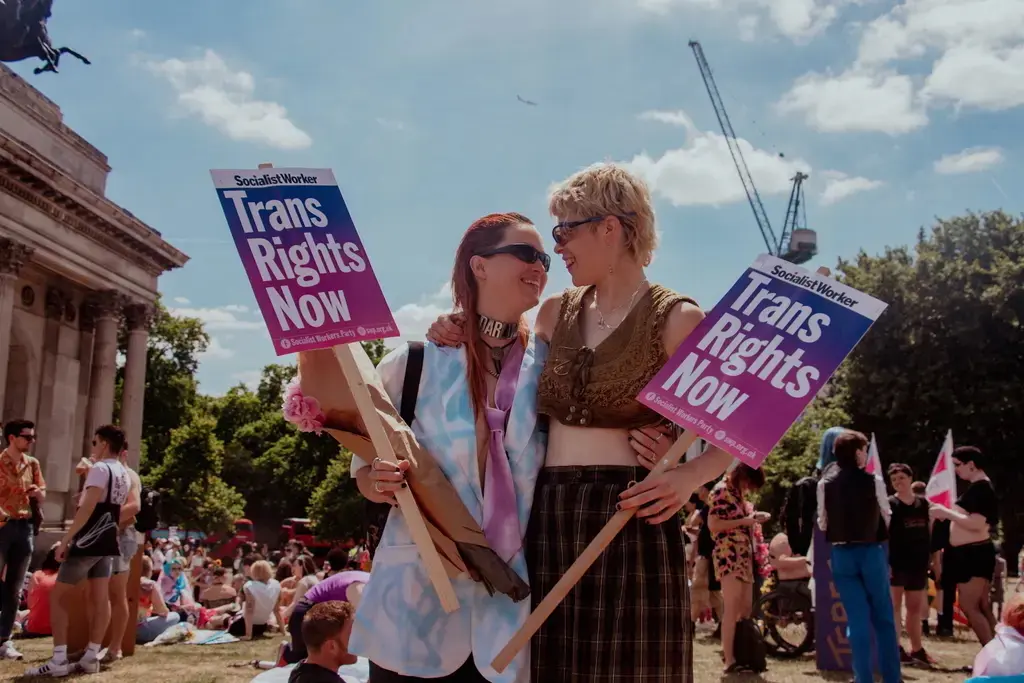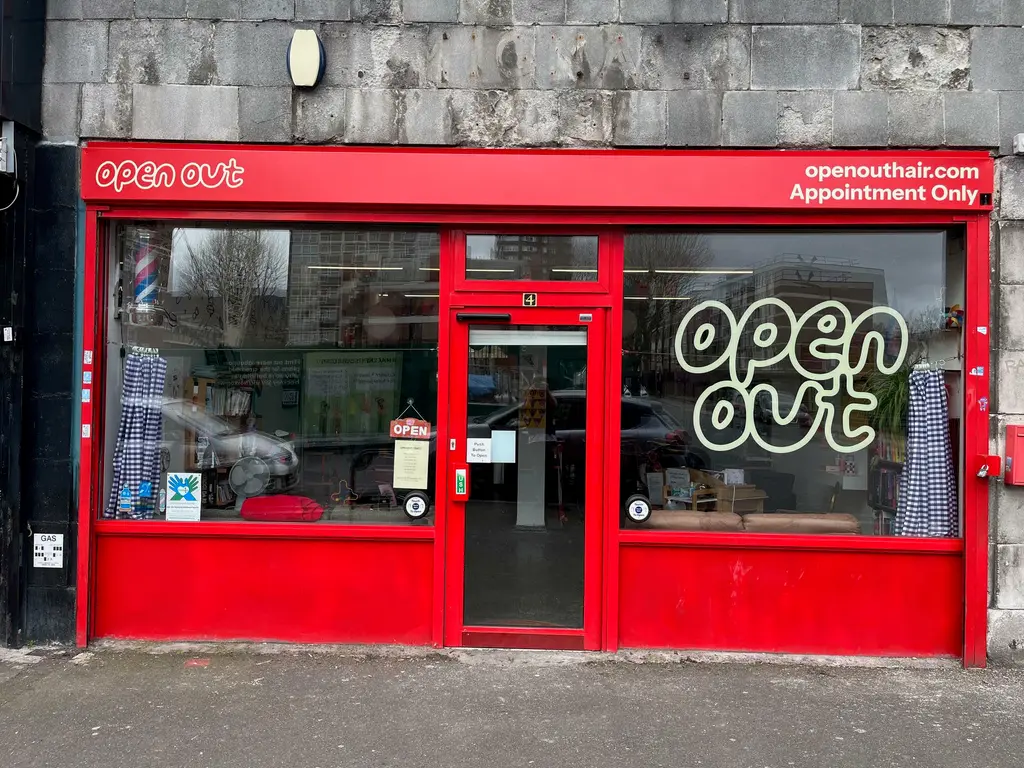Refugee Week 2023: Editor's Letter
- Text by Ben Smoke
- Photography by Aiyush Pachnanda

In 1997, Tony Blair won the General election in a landslide victory, bringing to an end almost 20 years of Conservative rule in Britain. It was a win built on many things, but hope was the beating heart of it. Hope for a better future. For a different tomorrow. That things can – as the adopted Labour campaign theme by D:Ream famously promised – only get better. Much of the British media estate, particularly red tops and far-reaching publications owned by media mogul Rupert Murdoch, aligned with Blair’s vision.
However, it would not be long before the famously fickle establishment would turn on him. In 1997, net migration to the UK was around 50,000 people. In 1998 it almost trebled, and has not been under 100,000 people since. The furore around this increase, spurred on by headline after headline about ‘bogus asylum seekers,’ set the stage for the vast expansion of the detention estate and the steady expansion of border control obligations across apparatus of Government, down through businesses, and onto individuals. Despite the opening of new detention centres and reams of new anti-migrant legislation the papers still weren’t happy.
Speaking to Sir Stephen Wall, who was head of the Cabinet Office’s European secretariat between 2000-04 shortly after 2001 election, Blair purportedly said that “immigration will lose me the next election.” That threat to his power was so strong that he ignored reports he himself commissioned, which debunked many of the myths around ‘scrounger migrants’ coming here to drain our resources, and indeed the views of his own cabinet members, to fight a war on those seeking safety and sanctuary.
This act of cowardice set the stage for the horrors of the Hostile Environment and everything that has come since. There is perhaps some symmetry in the fact that the same political moment that brought this pain and denigration in 1998 also birthed Refugee Week, which this year celebrates its 25th anniversary.
The festival is the world’s largest arts and culture event celebrating the contributions, creativity and resilience of refugees and people seeking sanctuary. Founded in the UK, it is held every year around World Refugee Day on the 20th June. This year is no different with the event running from 19th-25th June.
At Huck we have a long and proud history of reporting on, telling the stories of and uplifting the voices of people trapped within the machinations of border regimes here and across the world. This year, for Refugee Week, we’re proud to run a series of articles from our vault centring on this year's theme of compassion.
Compassion can look like many things. It can be sympathetic and empathetic to a person's particular situation – and in articles exposing the realities of journeying for safety, or what it looks like to rebuild one's life, we hope to tap into that. To utilise the stories and voices of those at the centre of the debate to allow you, our readers, more of an insight and connection to those often monstered and othered by a hostile press.
But at Huck we believe that compassion must go further than just sympathy. It must look like action. That’s why we’ve included articles that look at groups of people organising along the Channel to help those in peril on the dangerous crossing, or reports from those fighting to shut down detention camps or roll back draconian legislation.
We hope the series of pieces we’ve curated sparks joy, hope, empathy, anger and impetus to join the struggle. To help support those seeking the safety so many of us take for granted every day and to roll back the actions of successive governments, helping put humanity back at the centre of our society.
You might like

A reading of the names of children killed in Gaza lasts over 18 hours
Choose Love — The vigil was held outside of the UK’s Houses of Parliament, with the likes of Steve Coogan, Chris O’Dowd, Nadhia Sawalha and Misan Harriman taking part.
Written by: Isaac Muk

Youth violence’s rise is deeply concerning, but mass hysteria doesn’t help
Safe — On Knife Crime Awareness Week, writer, podcaster and youth worker Ciaran Thapar reflects on the presence of violent content online, growing awareness about the need for action, and the two decades since Saul Dibb’s Bullet Boy.
Written by: Ciaran Thapar

The UK is now second-worst country for LGBTQ+ rights in western Europe
Rainbow regression — It’s according to new rankings in the 2025 Rainbow Europe Map and Index, which saw the country plummet to 45th out of 49 surveyed nations for laws relating to the recognition of gender identity.
Written by: Ella Glossop

Meet the trans-led hairdressers providing London with gender-affirming trims
Open Out — Since being founded in 2011, the Hoxton salon has become a crucial space the city’s LGBTQ+ community. Hannah Bentley caught up with co-founder Greygory Vass to hear about its growth, breaking down barbering binaries, and the recent Supreme Court ruling.
Written by: Hannah Bentley

Bernie Sanders introduces Clairo at Coachella, urging young Americans to “stand up for justice”
Coachella charmed — The Vermont Senator praised the singer-songwriter for her efforts in raising awareness of women’s rights issues and Gaza.
Written by: Isaac Muk

Plestia Alaqad: “Journalists should focus on humanising people”
Huck’s April interview — Having become one of the most crucial and followed voices from inside Gaza in the aftermath of October 7, the award-winning author and journalist is releasing a new memoir, ‘The Eyes of Gaza’, collating diary entries made over the past 18 months. We caught up with her to hear more about it.
Written by: Isaac Muk